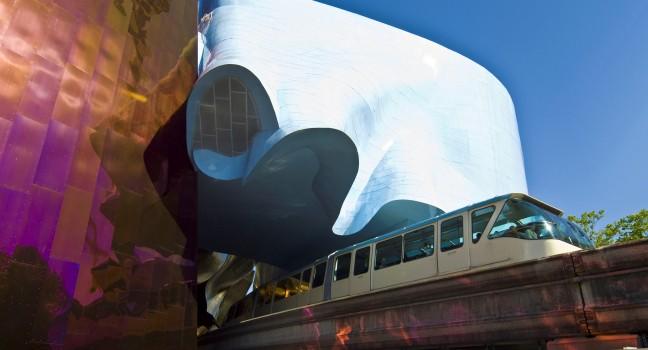Nestled among the grand homes of North Capitol Hill sits this 45-acre grassy expanse that's perfect for picnicking, sunbathing (or stomping in rain puddles), and strolling. You can tell this is one of the city's older parks by the size of the trees and the rhododendrons, many of which were planted more than a hundred years ago. The Olmsted Brothers, the premier landscape architects of the day, helped with the final design in 1904; the park has changed surprisingly little since then. In the center of the park is the Seattle Asian Art Museum (SAAM), housed in a 1933 art moderne–style edifice. It fits surprisingly well with the stark plaza stretching from the front door to the edge of a bluff, and with the lush plants of Volunteer Park. The museum's collections include thousands of paintings, sculptures, pottery, and textiles from China, Japan, India, Korea, and several Southeast Asian countries.
The Victorian-style Volunteer Park Conservatory greenhouse, across from the museum, has a magnificent collection of tropical plants. The five houses include the Bromeliad House, the Palm House, the Fern House, the Seasonal Display House, and the Cactus House.
A focal point of the park, at the western edge of the hill in front of the Asian Art Museum, is Isamu Noguchi's sculpture, Black Sun, a natural frame from which to view the Space Needle, the Puget Sound, and the Olympic Mountains.




